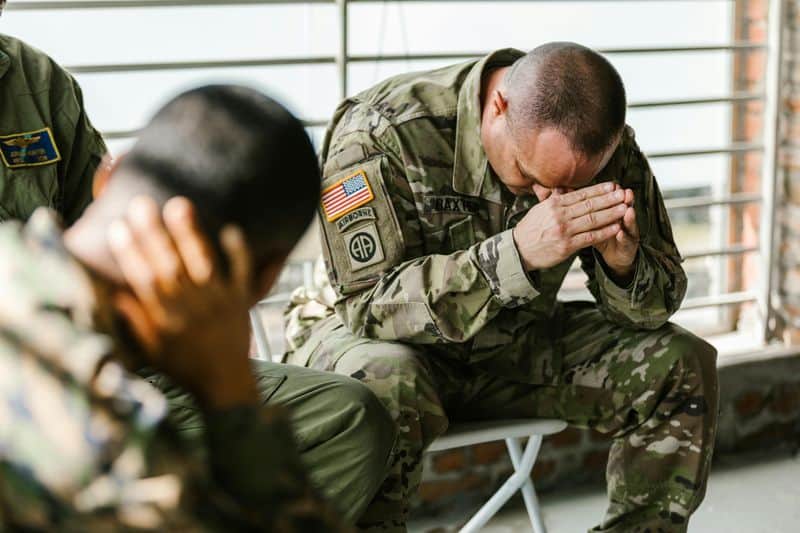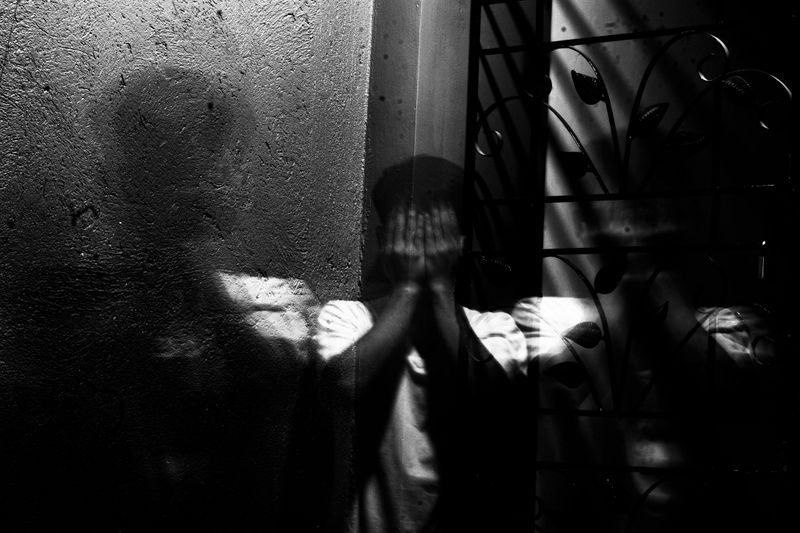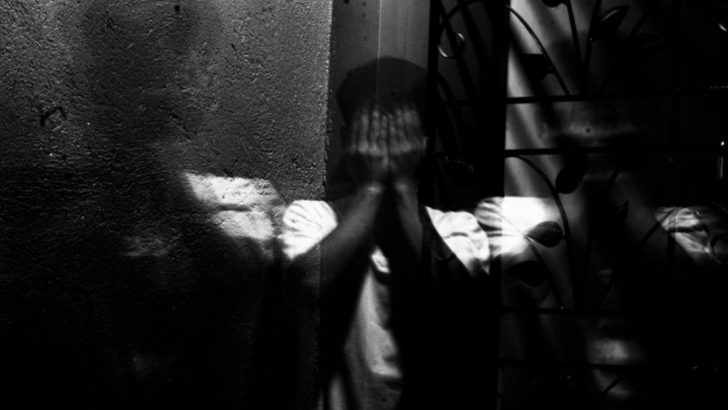Grief touches all of us at some point in our lives, yet it looks different for each person. Understanding the various forms grief can take helps us recognize our feelings and find healthy ways to cope.
This guide explores ten distinct types of grief and offers practical ways to navigate the complex journey of loss.
1. Acute Grief: The Initial Storm

The raw, overwhelming wave that crashes immediately after loss. Your world feels shattered as intense emotions surge through you – profound sadness, disbelief, and sometimes physical pain that makes even breathing difficult. During this time, gentle self-care becomes crucial.
Allow yourself to cry, talk about your feelings with trusted friends, or simply rest when exhaustion takes over. Many find comfort in creating small rituals to honor their loss.
Remember that acute grief’s intensity doesn’t last forever, though it may feel endless in the moment.
2. Anticipatory Grief: Mourning Before Goodbye

Sorrow begins before the actual loss occurs. Watching a loved one with terminal illness decline or preparing for a major life transition triggers a complex mix of emotions – sadness intertwined with guilt about grieving someone still present.
Use this time meaningfully by having important conversations, expressing love, and creating lasting memories together. Many find comfort in support groups with others experiencing similar situations.
This early grieving process can actually help prepare you emotionally, though the pain remains real. Acknowledging these feelings rather than pushing them away allows for deeper connection during precious remaining time.
3. Disenfranchised Grief: The Unrecognized Pain

Society doesn’t always validate certain losses. The death of a pet, end of a friendship, miscarriage, or loss in non-traditional relationships often lacks the support and rituals given to more “acceptable” forms of grief. Finding communities who understand your specific loss becomes especially important.
Online forums, specialized support groups, or even creating personal rituals can provide validation. Your feelings deserve acknowledgment regardless of others’ opinions.
Writing in a journal about your emotions or speaking with a therapist who specializes in grief can help process these complex feelings when traditional support networks fall short.
4. Prolonged Grief Disorder: When Healing Stalls

Sometimes grief doesn’t ease with time as expected. When intense yearning, preoccupation with the deceased, and difficulty accepting the loss persist for months or years, interfering with daily functioning, professional help becomes necessary.
This isn’t a character flaw but a recognized condition requiring specialized care. Cognitive behavioral therapy shows particular effectiveness, helping reframe thought patterns that keep you locked in grief. Medication may sometimes complement therapy.
The goal isn’t forgetting your loved one but finding ways to honor their memory while rebuilding a meaningful life – something possible even after devastating loss.
5. Complicated Grief: Tangled in Sorrow

When grief becomes a labyrinth with no clear path forward, you may be experiencing complicated grief. Persistent feelings of guilt, anger, or bitterness can become entangled with your memories, making it nearly impossible to move through the normal grieving process.
Trauma-focused therapy approaches like EMDR (Eye Movement Desensitization and Reprocessing) can help untangle these complex emotions. Finding a therapist who specializes in grief work becomes particularly important.
Many discover that joining support groups with others experiencing similar struggles provides both validation and hope. Remember that seeking professional help isn’t giving up – it’s taking a courageous step toward healing.
6. Collective Grief: Shared Sorrow

When communities face tragedy together – natural disasters, terrorist attacks, or cultural losses – a powerful shared mourning emerges. The pandemic introduced many to this experience as we collectively grieved lost normalcy, missed milestones, and loved ones.
Community rituals provide essential healing spaces during these times. Candlelight vigils, memorial services, or volunteering for causes related to the loss help process collective pain. Social media can create virtual grieving spaces when physical gatherings aren’t possible.
Finding ways to contribute to community healing often provides meaning amid widespread suffering, transforming individual pain into collective strength and resilience.
7. Ambiguous Grief: Living with Uncertainty

The painful limbo of unclear loss creates a unique grieving challenge. A loved one with dementia who’s physically present but mentally absent, a missing person, or an estranged relationship leaves you grieving without closure or clear social rituals.
Creating personal ceremonies can help mark these undefined transitions. Support groups specifically for ambiguous loss provide validation from others navigating similar uncertain terrain. Learning to live with unanswered questions becomes part of the healing process.
Mindfulness practices help manage the anxiety of uncertainty, while focusing on what remains within your control creates stability amid ambiguity.
8. Cumulative Grief: When Losses Pile Up

Multiple losses within a short timeframe can overwhelm even the strongest coping mechanisms. Like waves that keep coming before you’ve regained your footing, each new loss compounds the pain of previous ones.
Mapping your losses visually sometimes helps – creating a timeline that acknowledges each significant event rather than lumping everything together. Prioritizing physical self-care becomes absolutely essential during these periods of emotional marathon.
Finding small moments of joy amid overwhelming sorrow isn’t betrayal but survival. Many discover unexpected strength through cumulative grief, though the journey requires patience, compassion, and often professional support to navigate successfully.
9. Traumatic Grief: When Loss and Trauma Collide

Sudden, violent, or unexpected losses create a dangerous collision of grief and trauma. Your brain struggles to process both the loss itself and the traumatic circumstances surrounding it, often leading to intrusive memories, nightmares, or feeling unsafe.
Specialized trauma-informed grief counseling becomes essential rather than optional. Approaches like trauma-focused cognitive behavioral therapy help address both grief and trauma symptoms simultaneously.
Physical movement helps process trauma stored in the body – gentle yoga, walking in nature, or dance therapy provide release when words feel inadequate. Healing takes time, but with proper support, survivors can eventually integrate these painful experiences into their life story.
10. Climate Grief: Mourning Our Planet

A relatively new grief category emerges as we witness environmental degradation. Feelings of helplessness, anger, and profound sadness about species extinction, habitat destruction, and climate change create a unique mourning experience for our shared home.
Converting despair into meaningful action provides both purpose and community. Joining conservation efforts, changing personal habits, or educating others creates agency amid overwhelming statistics.
Connecting with nature regularly reminds us what we’re fighting for. Many find that balancing awareness of environmental realities with appreciation for remaining natural beauty helps sustain the emotional resilience needed for long-term environmental advocacy.

